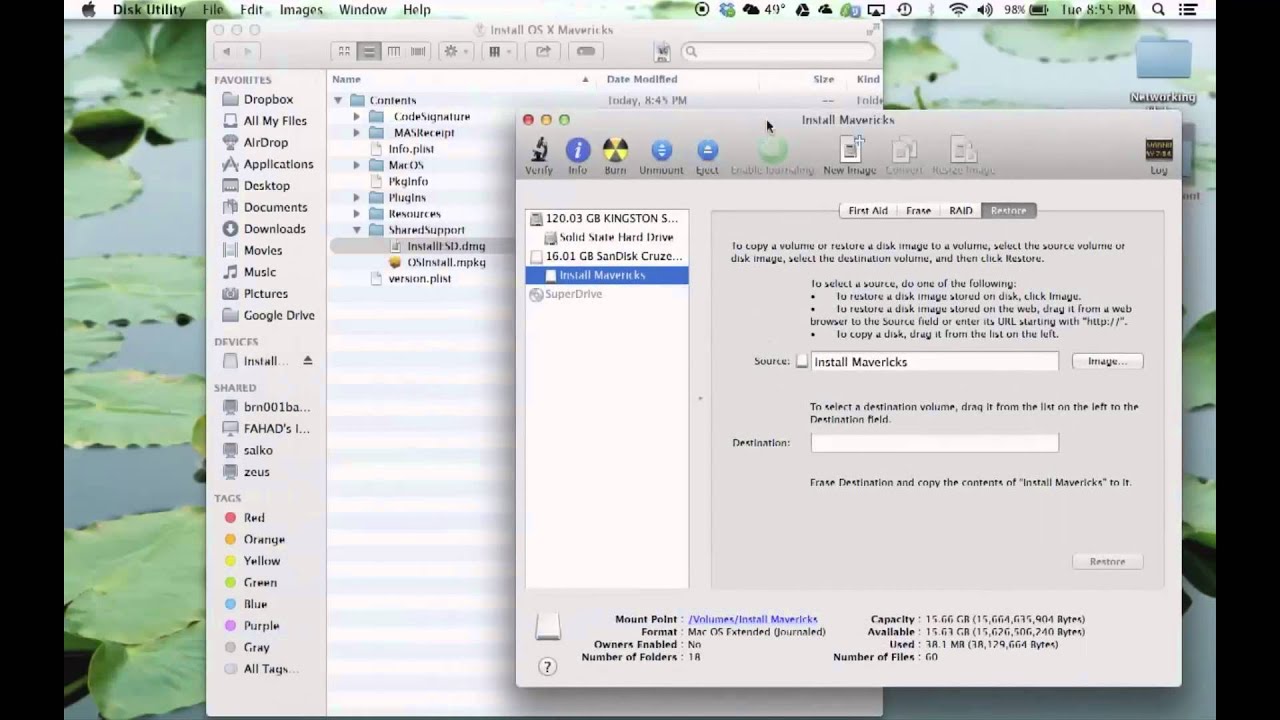
Use Terminal to create a bootable installerįor your external disk to run macOS, you can use most external USB drives, including solid-state drives and traditional hard drives. In this article, you’ll find detailed instructions and answers to your questions on how to make a bootable USB on Mac. You can try out the different tools for free, so download it, and see what you think. MacKeeper can do everything from finding malware to updating your apps for you. When the scan is finished, review the results, and click Fix items safely. Select Find & Fix from the menu in MacKeeper. You can do that with MacKeeper’s Find & Fix feature, which will scan your Mac for a variety of different problems. It’s a good idea to keep your Mac optimised when you’re asking to create a bootable USB drive. It’s a handy appliance-even more so if you use a small external flash drive that you can carry in a pocket. You can also use it to reinstall the operating system on a Mac that won’t startup. Such a tool allows you to install any version of macOS on multiple Apple computers easily. Why would you want to create an external boot drive for your Mac? You can now quit Terminal and eject the volume.A bootable macOS (previously, OS X) install disk is a portable device containing all the necessary installation files for a selected version of macOS. When Terminal says that it's done, the volume will have the same name as the installer you downloaded, such as Install macOS Monterey. After the volume is erased, you may see an alert that Terminal would like to access files on a removable volume. Terminal shows the progress as the volume is erased. When prompted, type Y to confirm that you want to erase the volume, then press Return. 
Terminal doesn't show any characters as you type.


When prompted, type your administrator password. If the volume has a different name, replace MyVolume in the command with the name of your volume. Each command assumes that the installer is in your Applications folder, and MyVolume is the name of the USB flash drive or other volume you're using. Type or paste one of the commands below into Terminal, then press Return to enter the command. Open Terminal, which is in the Utilities folder of your Applications folder. Plug in the USB flash drive or other volume that you're using for the bootable installer.










